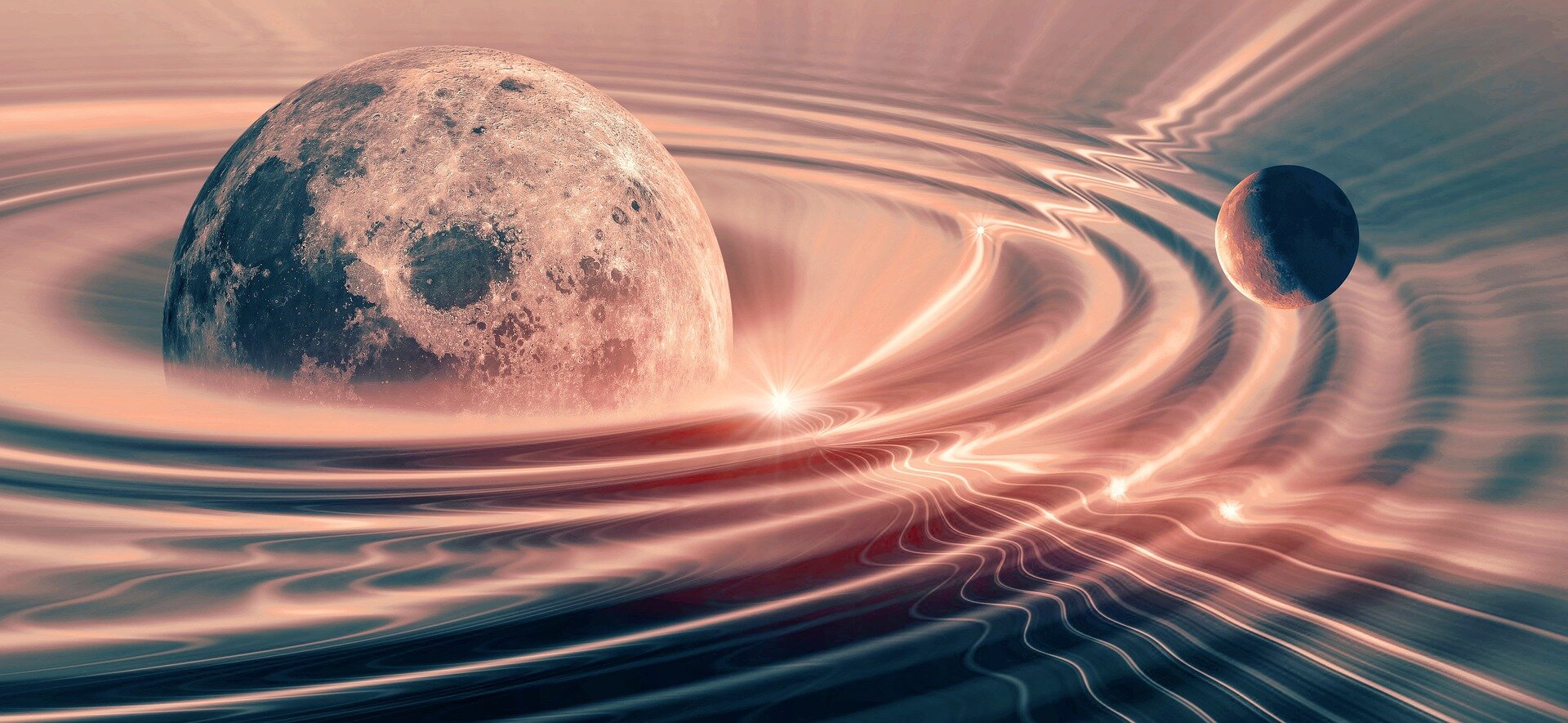Investigating Fundamental Spacetime Symmetries Through Gravitational Wave Memory

July 6, 2024
feature
This article has been reviewed according to Science X's editorial process and policies. Editors have highlighted the following attributes while ensuring the content's credibility:
- fact-checked
- peer-reviewed publication
- trusted source
- proofread
by Ingrid Fadelli, Phys.org
As predicted by the theory of general relativity, the passage of gravitational waves can leave a measurable change in the relative positions of objects. This physical phenomenon, known as gravitational wave memory, could potentially be leveraged to study both gravitational waves and spacetime.
Researchers at Gran Sasso Science Institute (GSSI) and the International School for Advanced Studies (SISSA) recently carried out a study exploring the possibility of using gravitational wave memory to measure spacetime symmetries, fundamental properties of spacetime that remain the same following specific transformations. Their paper, published in Physical Review Letters, suggests that these symmetries could be probed via the observation of displacement and spin memory.
'For a long time, I was curious about the phenomenon of gravitational wave memory and the connection of the associated low energy physics with quantum mechanics,' Boris Goncharov, co-author of the paper, told Phys.org. 'I first heard about Weinberg's soft graviton theorem from Prof. Paul Lasky at Monash University in Australia, during my Ph.D, when discussing gravitational wave memory. Then I learned about the so-called 'Infrared Triangle' that connects the soft theorem with gravitational wave memory and symmetries of spacetime at infinity from gravitational wave sources.'
Weinberg's soft graviton theorem and the 'infrared triangle' are mathematical formulations outlining the same physical phenomenon: gravitational wave memory. As part of their recent study, Goncharov and his colleagues set out to explore the possibility of leveraging gravitational wave memory to probe spacetime symmetries.
'This phenomenon plays a role in an ongoing attempt to describe a hundred-year-old, unsinkable, and yet incompatible with the microscopic world Einstein's theory of gravity—General Relativity—as a quantum field theory at the asymptotic edge of spacetime,' Goncharov said.
'This approach to a unification in physics seems substantial and promising to me; I find it very exciting. Our specific project emerged while discussing new advances in this field with Prof. Laura Donnay, a co-author of the publication.'
When they reviewed previous literature in this area, the researchers found that a growing number of distant spacetime symmetries were discussed, yet it was not clear which of those symmetries and the corresponding memory terms exist in nature. While several physicists had explored the possibility of detecting gravitational wave memory, Goncharov and his colleagues were unsure about what physics could be constrained using their measurements.
'The idea that we could test these spacetime symmetries was central in our study,' Goncharov explained. 'Another aspect is that I and Prof. Jan Harms are members of the Einstein Telescope collaboration, for which it was important to investigate the observational prospects of gravitational wave memory. The Einstein Telescope is the next-generation European ground-based gravitational wave detector planned for 2030s.'
So far, researchers had not yet introduced a conventional approach to measure spacetime symmetries via the observation of gravitational wave memory effects. The recent paper by Goncharov and his colleagues was aimed at filling this apparent gap in the literature.
'There was a lot of prior important work focusing on (a) predicting when and with which instruments we will be able to detect various gravitational wave memory terms, (b) how to compute gravitational wave memory effects analytically or using numerical relativity, and (c) how different models of spacetime symmetries yield gravitational wave memory terms,' Goncharov said. 'However, a discussion of spacetime symmetries based on the observed memory effects seemed like a gap in the literature.'
The recent work by these researchers could be viewed as a proof of principle. In their paper, they introduce new observational tests that could be used to probe spacetime symmetries, while also outlining potential limitations of their suggested approach, which could be addressed in the future.
Overall, their study suggests that the pool of tests of General Relativity theory could be expanded. In addition, it provides some useful calculations that could be performed using data collected by various gravitational wave detectors.
Goncharov and his colleagues hope that their paper will open further discussions about spacetime symmetries and gravitational wave memory among others within their research community. These discussions could potentially pave the way towards the unification of various physics theories.
'At the moment, with Sharon Tomson (a new Ph.D. student at my current institute, AEI in Hannover, Germany), and Dr. Rutger van Haasteren, I am starting a search for gravitational wave memory with Pulsar Timing Arrays (PTAs).'
PTAs are tools for astronomical observation that collect highly stable and regular signals originating from pulsars (i.e., rapidly spinning neutron stars), using radio telescopes on Earth. These neutron stars behave like highly precise clocks, as they are sensitive enough to pick up delays and advances of radio pulses resulting from the propagation of gravitational waves across the Milky Way.
'PTAs are galactic-scale detectors, which currently seem to be gradually picking up a joint hum of slowly inspiraling supermassive binary black holes in the nearby universe. The signal yields slow variations in pulse arrival times that are most prominent on timescales of several years to decades,' Goncharov added.
'One standing out merger of supermassive binary black holes in a nearby galaxy may cause a gravitational wave burst with memory, detectable by PTAs. Although such bursts are very rare, we hope to extract some useful information from the data by placing limits on their existence.'
Journal information: Physical Review Letters , arXiv
© 2024 Science X Network




